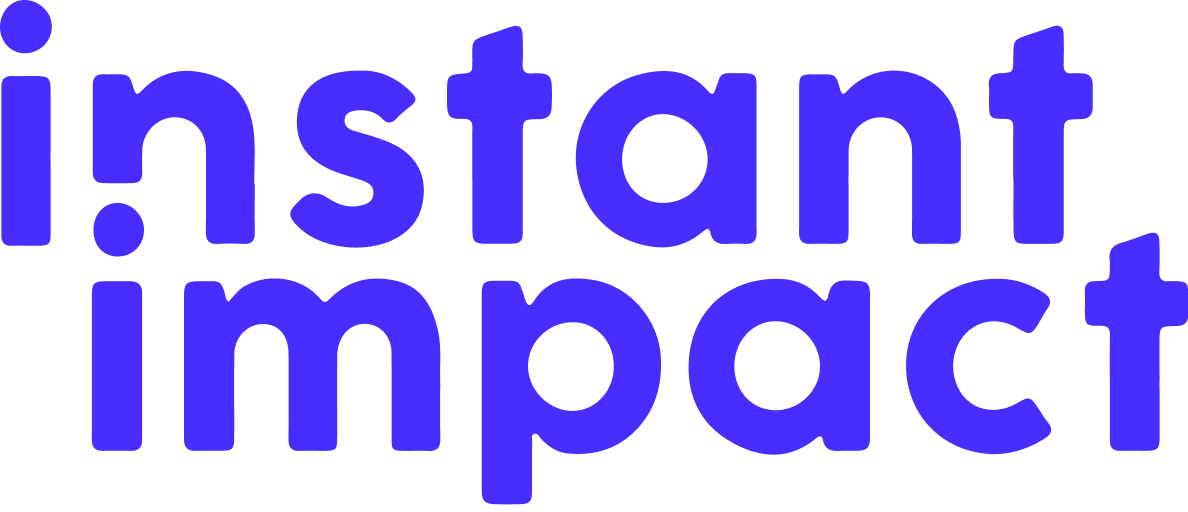Thelma and Louise, Jobs and Wozniak, Lennon and McCartney, we all know the magic that can happen when you form the right partnership.
Selecting the right supplier to work with is a strategic decision that can significantly impact your success. A strong working relationship fosters collaboration, open communication and instils a collective sense of commitment to success.
Running a top-notch process
Regardless of size, all businesses benefit from running a thorough and structured process when seeking an RPO partner. Keeping it focused helps you make informed decisions, mitigate risks, and ultimately identify the ideal partner for success.
With that in mind, I'm keeping it fairly brief.
Opportunity briefing
Create an opportunity briefing using the information you laid down in your business case (see our 2nd blog in this series – Building a business case for RPO). This should include an overview of your business, what it does, and the business challenges and objectives you want to achieve. Be sure to include your broader thinking around what is needed and your thoughts on your current process.
Research
You might be starting with a blank piece of paper or have a good awareness of the key players in the RPO market; either way, draw up a comprehensive list of all companies providing the service. This will ensure your perfect match is not overlooked. Consult your colleagues and professional network to learn about their experiences or recommendations. Engage with industry publications covering the talent sector, specifically RPO, and explore third-party analyst sites providing market reviews such as Everest Group's PEAK Matrix.
Engage
Now that you have compiled a list of suppliers, gather information on their services and capabilities. This might take the form of a concise Request for Information (RFI) or contact them directly to enquire if they want to be included in an RFP, asking them to summarise their services. Consider that you don’t know what you don’t know, so keeping an open mind and a long list at this stage allows you to uncover products or services that were previously unknown to you. Following this, it’s time to swipe right or left on this list and take 3-5 companies to hyper-engage with. Talk to them about what you want to achieve, ask for feedback and use this to shape your upcoming RFP.
Request for Proposal (RFP)
Draw up your RFP document, providing lots of information on what you want to achieve and stating clear objectives and expected deliverables. You’ll want to ask about pricing, timelines, experience and testimonials, as well as an initial project plan to gauge the vendors’ approach.
State your evaluation criteria and be clear about the channel for communication and the timelines for each stage. Demonstrate a commitment to providing feedback to foster a collaborative partnership.
Selection Process
As the beauty parade draws to a close, it's time to crown your winner.
If you've conducted a thorough RFP process, you'll have all the information you need to make a well-informed choice.
These steps will help you complete this final hurdle and choose the right partner.
Implement an unbiased scoring system against the evaluation criteria you identified earlier. This will help you objectively compare each vendor's strengths and weaknesses.
Actively engage with your stakeholders, whom we identified in part 2 of this series, Building a Business Case for RPO and involve them in the selection process. This will ensure you have considered all the various business perspectives. Schedule meetings with any executive committee or senior leadership team members required for the agreement sign-off.
Maintain a flow of information, seeking feedback where necessary, both internally with your stakeholders and externally with your shortlisted vendors.
Stick as best you can to the timelines you laid down to maintain momentum throughout the process. Committing to this ensures you meet vendor and stakeholder expectations and fosters positive relationships with vendors. Remember that your supplier contacts can often become your customers, so maintaining a positive vendor experience is the best advertisement for your brand.
Top Tips for Success
Our final success hacks to optimise your selection process: -
- Recognise that the right supplier varies for each company. Find someone whose approach feels the right fit for you.
- View your supplier as a partner – shared objectives lead to shared victories.
- Allow yourself to be challenged. An open and equal relationship where you embrace challenges from your supplier can stimulate innovation.
- Evaluate the supplier’s ability to deliver rather than focusing on their experience in your specific industry. Valuable insights can be gained from the experiences of other sectors.
- Be open to the unexpected. Don’t allow your process to be so rigid that you miss an opportunity. If you’re thrown a curve ball, catch it; it might lead you to innovative and creative solutions you had not considered, providing a potential competitive advantage.
If you’d like to learn more about RPO and its benefits, head to our other articles in this Definitive Guide to RPO series, or to chat with one of our team, contact us today.





